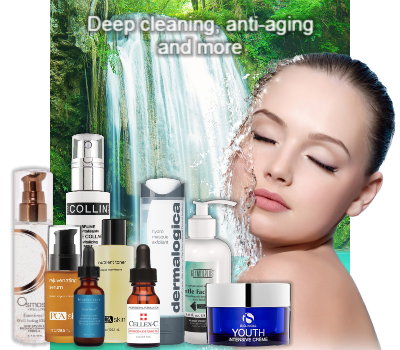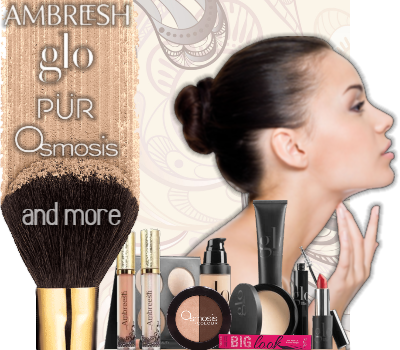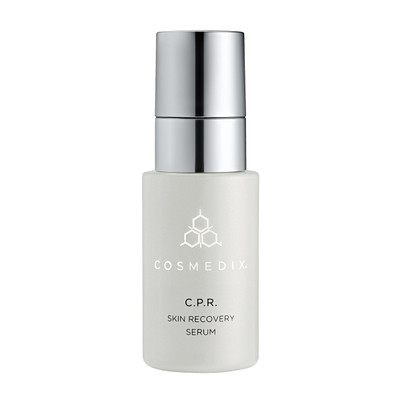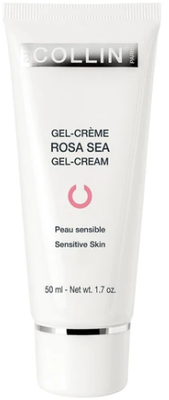Rosacea 101
Rosacea affects over 16 million Americans, with many sufferers not knowing they have it. While ongoing studies search for a cure, there are many treatments available that can help control redness and flare-ups. The symptoms, triggers, and treatments for rosacea will vary from each person. Most importantly, we recommend that you consult a physician or dermatologist for proper diagnosis and treatment options.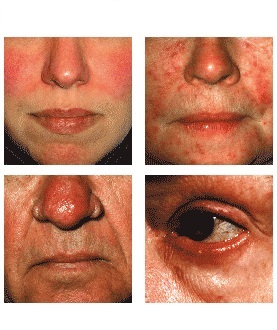
What is rosacea?
Rosacea is a chronic skin disease which causes redness or flushing of the face, visible capillaries, and acne-like papules. Rosacea affects the cheeks, chin, nose, forehead, and sometimes even the eyelids. It can also cause facial swelling, burning and itching. Due to its appearance, it is frequently self-diagnosed as acne. Rosacea is a progressive disease and when left untreated will worsen over time. It often appears in adults as a flushing of the skin around the cheeks and may even come and go at the early stages.
What causes rosacea?
Unfortunately, the exact cause of rosacea is still unknown, though there are many theories. Some research may suggest that it is hereditary, but it has not been proven. It is also more likely to develop during adulthood and is not contagious. Rosacea may be due to increased blood flow near the skin surface or from inflammation caused by factors like sun damage, microscopic skin mites, or simply irritation to skin cells. Irritation can occur for various reasons. As rosacea is commonly confused for acne, you may be treating it incorrectly. In turn, instead of healing what you think is acne, you are further irritating your rosacea. Factors that cause your face to heat up or flush, like emotional stress, menopause, exercise, weather changes and alcohol consumption, have also been seen to trigger rosacea flare-ups.
What are symptoms of rosacea?
For most sufferers of rosacea, it begins with frequent blushing or flushing. As rosacea progresses, this redness is more constant and can lead to additional symptoms like burning, stinging, bumps, pimples and more visible blood vessels. Skin may also be drier and rougher in the center of face. More severe cases may also develop plaques or thickened skin (more common with men). Additionally, you may see symptoms appear on the neck, chest, ears and scalp. Again, the location and severity of symptoms will vary with each case.
What are treatment options for rosacea?
The earlier you begin to treat rosacea, the better the outcome. It is essential to consult a professional for proper diagnosis. Treatments most often include oral and topical medications. Some severe cases may be treated with lasers or other surgical measures. Paying close attention to your specific triggers can also greatly reduce irritation and flare-ups.
For skincare, it is important to check out ingredients for potential irritants. A gentle skincare routine will help control and minimize irritation. Your skincare routine should consist of a gentle, non-abrasive cleanser, a protective moisturizer and a physical sunscreen. Your best cleanser options will be soap-free or contain very minimal soap, low-foaming, and often cream or lotion consistency. A physical sunscreen, as opposed to a chemical sunscreen, will protect against both UVA and UVB rays. If using makeup, you will also want to avoid harsh chemicals, and may benefit from a green-tinted option that counteracts redness. Keep your products to a minimum to avoid further irritation. Avoid scrubbing of the skin and over-cleansing. Use lukewarm water to rinse away cleanser; if you experience irritation from any water, opt for a cream cleanser that can be tissued off.
For additional questions, feel free to contact our Beauty Experts. Searching for products? Shop Rosacea products and see our recommendations below.


